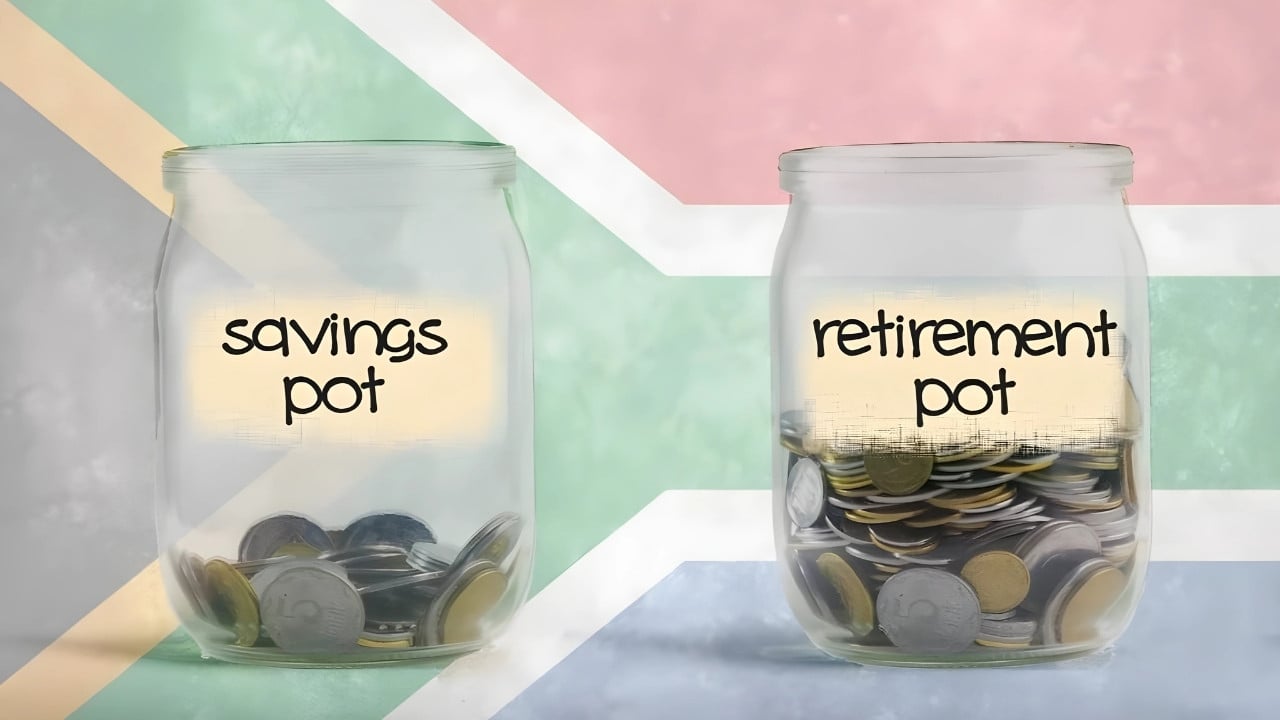South Africa’s pension industry entered a new era on 1 September 2024, when the government rolled out the two-pot retirement system. This marked a turning point in how retirement funds are managed, offering workers partial access to their savings without forcing them to resign. For years, many employees left their jobs to unlock pensions, creating long-term financial risks. The new design seeks to solve this problem by opening limited access while preserving the majority of savings for later years.
The reform was introduced during a challenging period when many households were struggling with rising unemployment rates, soaring inflation, and mounting debt. For countless workers, their retirement funds often serve as the sole source of savings, making the need for flexibility in managing these funds a critical lifeline. This flexibility enables individuals to navigate financial uncertainties and safeguard their futures, underscoring the importance of adaptable retirement policies during times of economic distress.
Media Release: Tax Implications of Withdrawing from Two-Pot Retirement System
Persons who intend to withdraw from the savings pot of the Two-Pot Retirement System from 1 September 2024 must be registered for tax … https://t.co/V969GMBR1p pic.twitter.com/qTrTP1fSl6
— SA Revenue Service (@sarstax) August 23, 2024
Mechanics of the New System
The arrangement divides retirement savings into three categories:
- Accessible Savings – One-third of new contributions are allocated to this account. Workers can make a single withdrawal each tax year of at least R2,000. There is no maximum withdrawal amount; however, withdrawals are taxed at the member’s marginal tax rate.
- Locked Retirement – Two-thirds of contributions are preserved until retirement age. This ensures that early withdrawals do not erode the central portion of the savings.
- Historic Balances – All money saved before August 31, 2024, is held in this vested account. This pot is closed to new contributions but continues to grow. To ease the transition, a one-off “seed” allocation of 10% or up to R30,000 was transferred into the accessible savings portion.
An example illustrates the split: if a worker contributes R900 a month, then R300 goes into the savings account and R600 into the retirement account. After a year, the savings pot would total R3,600, which could be withdrawn if needed.
Uptake and Early Behaviour
The appetite for immediate access has been strong. Within the first 10 days, more than 160,000 withdrawal applications were submitted, amounting to R4.1 billion. By October 2024, the number of applications had surged to over 1.2 million, releasing around R21 billion to members. Economists suggest total withdrawals in the last quarter of 2024 may reach between R40 billion and R100 billion.
This rapid response highlights the financial pressure on households but also raises concern over whether too much is being accessed too soon.
Insights from Implementation
Several key lessons have already become clear since the reform began:
Relief Without Resignation
The system demonstrates that people can gain access to funds without having to quit their jobs. This reduces the destructive pattern of resignations to release savings.
Preservation as a Safeguard
By ring-fencing two-thirds of contributions, the structure forces long-term savings discipline. This ensures that short-term needs do not compromise retirement income security entirely.
Role of Taxation
Withdrawals are added to taxable income. For those taking large sums, this can mean entering a higher tax bracket. Tax discipline, therefore, becomes central to how members plan withdrawals.
Time and Administration
The launch showed that payouts could not happen instantly. Funds needed to calculate seed amounts, adjust systems, and process claims. This underlines that major reforms demand time and operational readiness.
Growth Still Matters
All three categories continue to earn investment returns. Members who avoid early withdrawals will benefit from compounding, showing the value of patience in retirement planning.
Need for Guidance
Flexibility introduces responsibility. Without proper education, members risk damaging their future security. Advisers, trustees, and regulators have a critical role in guiding behaviour.
What Members Should Know
The reform brought new rules that every fund member must understand:
- Only one withdrawal is permitted per tax year.
- The minimum withdrawal is R2,000.
- The once-off seed capital transfer (10% or R30,000) applied only at the start.
- The savings portion can remain untouched for years, unless it is withdrawn.
- SARS must issue a tax directive before any payout is made. Members with outstanding tax returns or debts may be blocked.
- On resignation, only the vested portion and savings pot are accessible; the retirement portion remains locked.
- Divorce settlements will continue to apply proportionally across all pots.
Broader Economic Angle
Beyond individual members, the two-pot system has macroeconomic implications. Immediate withdrawals inject liquidity into households, potentially boosting short-term consumer spending. At the same time, large outflows reduce the capital available in retirement funds for investment in financial markets and infrastructure. Policymakers face the challenge of ensuring the system supports both social welfare and long-term national savings.
Questions Often Asked:
1. Will I lose the seed money if I do not use it?
No. The seeding allocation remains invested and will grow until you decide to withdraw it or until retirement.
2. Can I take money out more than once a year?
No. Only one withdrawal is allowed per tax year. If you do not withdraw, the money continues to grow and can be used later.
3. What happens if I am already over 55 in March 2021?
Members of this group who are Provident Fund members are not automatically part of the system. They may choose to opt in, but once they do, the decision is permanent.
4. Does the savings portion earn returns?
Yes. Like the other pots, the savings portion continues to earn fund returns until withdrawn.
5. If I resign, can I take everything?
No. You may still access the vested component under the old rules and any balance in the savings portion. The retirement portion is only available upon retirement.
